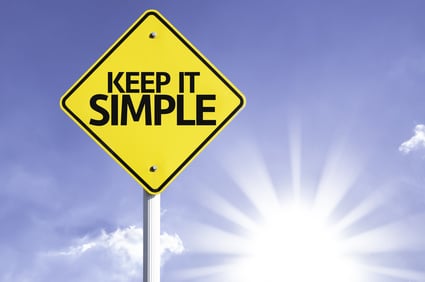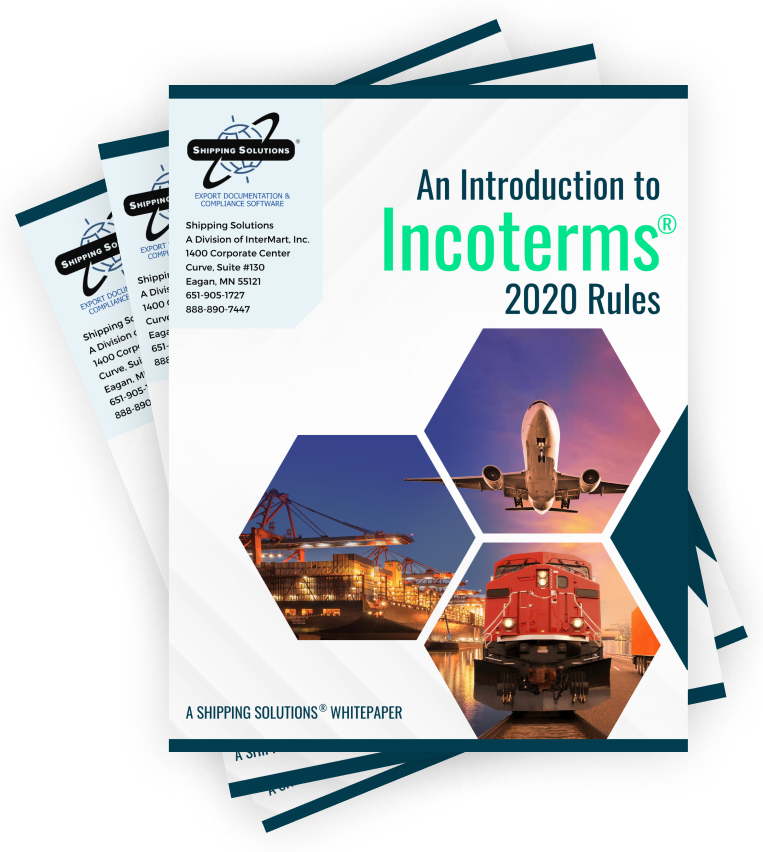The International Trade Blog International Sales & Marketing
From EXW to DDP: Incoterms 2020 Plain and Simple
On: January 18, 2016 | By:  Joseph A. Robinson |
5 min. read
Joseph A. Robinson |
5 min. read
 Incoterms enjoy worldwide recognition and, through their universal implementation, accurately reflect the standard for carrying out international trade practices. Incoterms closely correspond to the U. N. Convention on Contracts for the International Sales of Goods.
Incoterms enjoy worldwide recognition and, through their universal implementation, accurately reflect the standard for carrying out international trade practices. Incoterms closely correspond to the U. N. Convention on Contracts for the International Sales of Goods.
The question and answer format is used for simplicity and ease of understanding.
Q: What does the acronym Incoterms stand for?
A: The acronym means International commerce terms.
Q: What are Incoterms?
A: Incoterms are the official International Chamber of Commerce (ICC) rules for the explanation of trade terms. Incoterms are administered by the ICC in Paris and are adhered to by all major trading nations of the world. Incoterms are the authoritative text for determining how costs and risks are allocated to the parties conducting international transactions.
Q: What do Incoterms do?
A: Incoterms facilitate the conduct of international business by defining the responsibilities of the involved participants.
Q: Why do people use Incoterms?
A: Incoterms help establish and execute an international transaction by defining distinct obligations and responsibilities between buyers and sellers. The buyer's and seller's agreement to use a particular Incoterm pursuant to the international transaction will by definition have implications for other services needed to perform the transaction such as contracts of carriage, insurance and payment.
Q: What is the purpose of Incoterms?
A: Incoterms provide a set of rules for the interpretation of commonly used trade terms in foreign trade. Reference to Incoterms in a sales contract defines clearly the parties' respective obligations and responsibilities thereby reducing the risk of multi-jurisdictional legal complications.
Q: Why did Incoterms come about?
A: Differences in trading practices and legal interpretations between traders of different countries necessitated a need for a common set of rules. These rules needed to be easy to understand by all of the participants in order to prevent misunderstandings, disputes and litigation.
Q: When were Incoterms created?
A: Incoterms were first created in 1936 and were designated Incoterms 1936.
Q: How have Incoterms evolved?
A: Incoterms have evolved into the codified worldwide contractual standard and are periodically updated with the progressive evolution of international trade. Amendments and additions were made in 1953, 1967, 1976, 1980, 2000, 2010 and 2020. Presently, Incoterms 2020 govern transactions beginning January 1, 2020, reflecting changes in security procedures instituted in response to a more dangerous world.
Q: What revisions were made in Incoterms 2020?
A: Incoterms 2010 reduced the number of terms from 13 to 11 and organizes them by the mode of transportation. That organization continues with the 2020 terms:
|
Group |
Terms |
|
Any mode of transport |
EXW, FCA, CPT, CIP, DAP, DPU, DDP |
|
Sea and inland waterway transport |
FAS, FOB, CFR, CIF |
Q: How many Incoterms are there?
A: The complete set consists of 11 Incoterms.
Q: What responsibilities and obligations of the buyer and seller are listed in the Incoterms?
A: There are obligations and responsibilities for the seller and the buyer defined under each of the Incoterms. When a seller and a buyer agree to employ a particular Incoterm, each accepts the corresponding obligations and responsibilities as clearly set forth and defined under that particular Incoterm.
Q: What are the 11 Incoterms 2020?
A: The 11 Incoterms are shown below:
- EXW – Ex Works (named place)
- FCA – Free Carrier (named place)
- FAS – Free Alongside Ship (named loading port)
- FOB – Free on Board (named loading port)
- CFR – Cost and Freight (named destination port)
- CIF – Cost, Insurance and Freight (named destination port)
- CPT – Carriage Paid To (Named place of destination)
- CIP – Carriage and Insurance Paid (To) (named place of destination)
- DAP – Delivered at Place (named place)
- DPU – Delivered at Place Unloaded (named place)
- DDP – Delivered Duty Paid (named destination place)
Q: Where can I find more information about Incoterms?
A: The International Trade Blog has published several articles related to Incoterms 2020. Here are some of the most popular:
- Incoterms 2020: Here's What's New
- An Introduction to Incoterms
- Incoterms 2020 Chart of Responsibilities (free download)
This article was first published in March 2010, and has been updated to include current information, links and formatting.
Like what you read? Join thousands of exporters and importers who subscribe to Passages: The International Trade Blog. You'll get the latest news and tips for exporters and importers delivered right to your inbox.

About the Author: Joseph A. Robinson
Joe Robinson has 43 years hands-on experience in global commerce targeting new markets highlighting investment opportunities. He is an author, has lived abroad 4 times; traveled to 81 countries and exported to 105 countries in both private corporations and in government positions. He is currently a consultant to companies, government agencies and universities providing guidance in export procedures, regulatory control and compliance.
He graduated from Virginia Tech with a BS in Economics and Master of International Management from the Thunderbird School of Global Management. He was 1 of 5 Americans to receive a full Japanese government scholarship to study International Market Research at Keio University in Tokyo, the leading Business School in Asia.
Joe was the International Trade Manager for the State of Virginia providing assistance for export management, marketing and best business practices covering export control support and compliance training and procedures manuals and led many overseas businesses and delegation trade missions to Asia, Europe, the Middle East and Latin America


